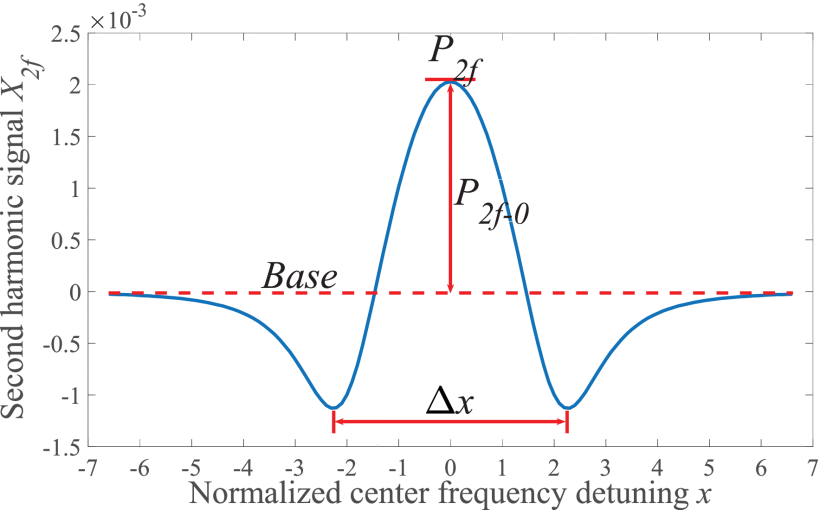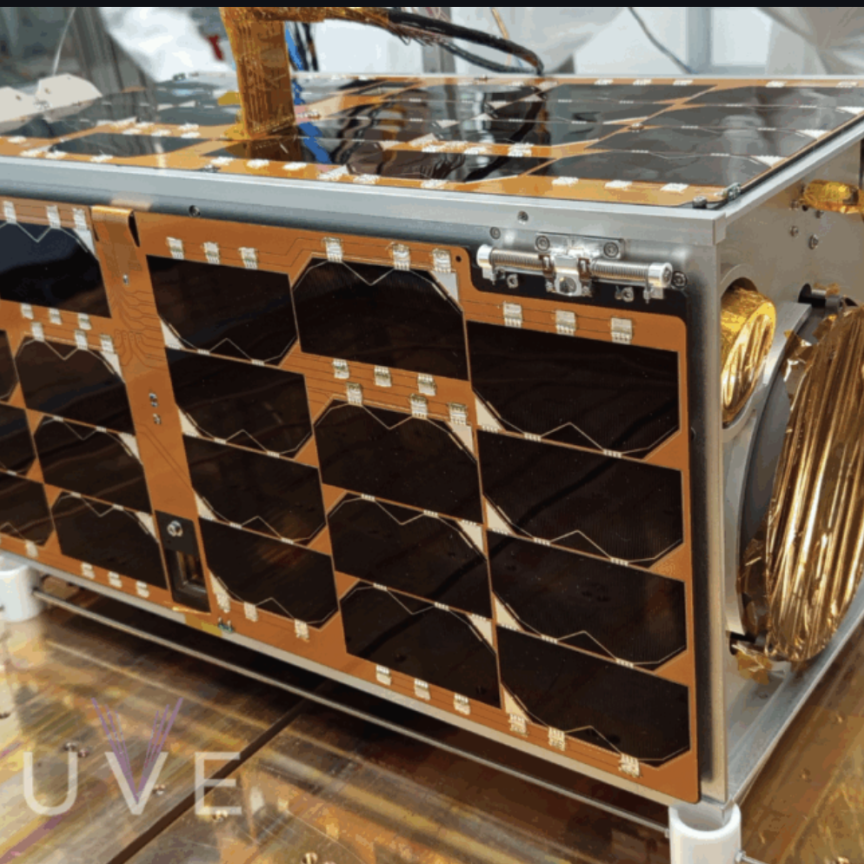Gemma Church examines how a new spectroscopy model is helping to detect gases with increasing accuracy
Tunable Diode Laser Absorption Spectroscopy (TDLAS) is an important and established technique for analysing the properties and constituents of gases, helping in everything from industrial applications to environmental monitoring. Jeremiah Hashley, a technical writer with Wavelength Electronics, explained: ‘TDLAS has one of the fastest response times compared to other techniques of gas detection. It also isn’t as significantly affected by background gases and environmental conditions.’
For the last decade, TDLAS has increasingly been used in commercial applications. It not only achieves gas concentration measurements with high accuracy but can also measure temperature, flow velocity, pressure and other parameters important to gas monitoring.
Laser absorption spectroscopy is built upon the basic principles of the Beer-Lambert Law, relating the absorption of light and the concentration of a particular gas. TDLAS systems use the interaction between light and the molecules in a gas stream to measure the concentration of a target species in a gas.
As the name suggests, a tunable-wavelength diode laser is often used to control the wavelength of the incident light in the gas using a combination of current and temperature tuning.
When the wavelength of light matches an absorption line of the target gas species, a photodetector records the reduction in light intensity. However, these linewidths are incredibly narrow – usually of the order of a few femtometres, far narrower than the typical Doppler-broadened linewidth for most molecular transitions.
A key problem is that it is difficult for a detector directed at a bright source like a laser to identify small dips in power resulting from the absorption of the target gas species. In many atmospheric monitoring applications, the absorption coefficient is high with a long path length. This makes direct absorption measurements limited thanks to noise in both the detector and the environment.
But there are now two main methods to measure gas concentrations using TDLAS techniques: Direct Absorption Spectroscopy (DAS) and Wavelength Modulation Spectroscopy (WMS).
Hashley said: ‘Out of these two, WMS can provide a higher detection accuracy and lower noise in the system. This allows lower concentrations of the gas to be detected. Detecting concentrations with better accuracy and fewer errors is always sought after in gas detection applications. Real-time measurements are important to in-field detection for energy saving and emission reduction.’

Schematic diagram for second harmonic signal use in wavelength modulation spectroscopy
Model WMS
The line selection process typically requires that considerable effort is spent on spectroscopic modelling of both the target and interfering gas species, alongside experimental validation/ calibration techniques.
A new concentration inversion model for WMS techniques was recently developed to help researchers increase the accuracy of their measurements and laser systems, reducing errors for this WMS technique.
Hashley explained: ‘In WMS, the modulation depth is a critical factor influencing the valley spacing of the second harmonic signal used. Previous/traditional models usually assign a constant value to the modulation depth, as calibrating its true value can be tedious and can change every measurement.’
‘This model improves the modulation calibration using the relationship between the modulation depth and the second harmonic signal,’ Hashley said. ‘This improves the measurement results and decreases error. A significant amount of maths was used to derive this relationship, but testing this improved model, both with simulations and actual experiments, is the only way to prove it actually works.’
The TDLAS method with modulation depth calibration can collect precise measurements in real-time. The industrial and environmental gas monitoring fields can use this model in WMS detection systems to collect better data with fewer errors. ‘No measuring system will be perfect, but this model boasts almost an order of magnitude better root-meansquare error (RMSE) than the traditional model and almost five times better relative error.’ said Hashley.
‘The biggest thing people can take away from this research is the improved accuracy and lower error,’
This model resulted in a relative error of <0.37 per cent, while the traditional model showed a relative error of <1.70 per cent. RMSE showed 5.5 x 10-5 and 2.2 x 10-4 with the improved model and the traditional model, respectively.
Hashley said: ‘These are significant improvements to gas detection measurements. When some detection systems are looking at concentrations of parts-per-trillion, an order of magnitude difference in accuracy could make incredible improvements in what can be detected. It is always encouraging to see gas experiments follow simulation and theoretical predictions. In this case, the improved model for CO gas measurements in this research closely followed predicted results.’
Now, there are two remaining challenges for TDLAS technology. First, these systems must adapt and still work in an increasing number of challenging measurement environments. Cement plants, coal mines and other harsh environments introduce many operational difficulties for TDLAS systems.
Second, the TDLAS system must also continue to adapt to new laser sources. One example of this can be found in Near-IR TDLAS systems, which have recently incorporated room-temperature interband cascade lasers (ICLs) and quantum cascade lasers (QCLs) to improve detection limits and introduce new wavelength bands.
Work is ongoing in these areas, with improvements being made to TDLAS systems and the models they rely on all the time. Hashley added: ‘Future work would include more verification with different gases and concentrations as well as other measurement techniques. Other techniques, like the second harmonic method used in this experiment, could allow the signal to rely less on the laser intensity.’
Researchers from China have developed a new concentration inversion model for wavelength modulation spectroscopy (WMS) techniques in tunable diode laser absorption spectroscopy (TDLAS) applications. Traditional models do not take into account variations of the modulation depth in the second harmonic signal of the laser, thereby increasing the error of the measurement and decreasing the accuracy of the system. Find out more information in Wavelength Electronics’ latest white paper.


